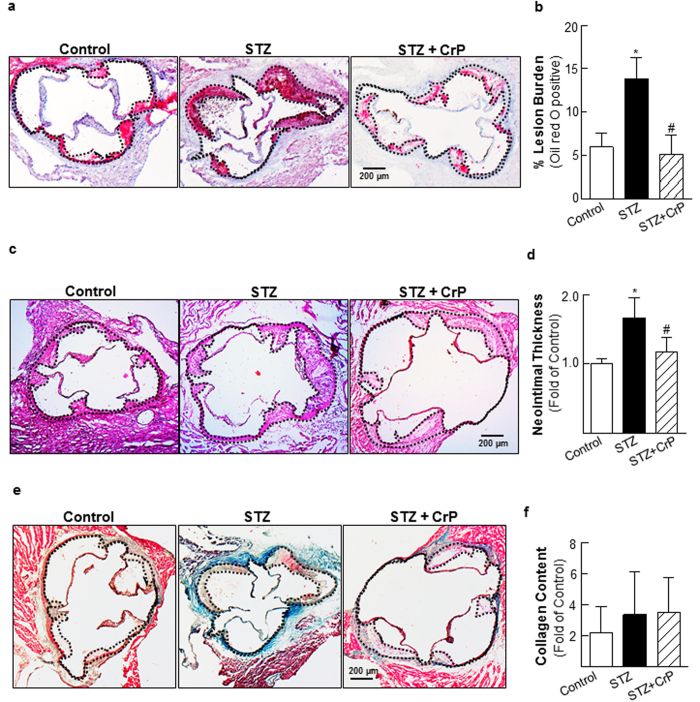Figure 2. Chromium picolinate in vivo attenuates atherosclerotic lesion formation in STZ-induced hyperglycemic ApoE−/− mice.
STZ-induced hyperglycemic ApoE−/− mice were treated with or without CrP (8 μg/Kg/day) from 8–18 wks of age. Aortic root morphometry was performed as described in Methods. All comparisons were made between Control (ApoE−/− no STZ), STZ (ApoE−/− with STZ) and STZ + CrP (ApoE−/− with STZ plus CrP). Shown are (a,b) representative images and summary data for quantification of ORO-positive staining (Control: n = 6; STZ: n = 7; STZ + CrP: n = 7), (c,d) representative H & E images and summary data for neointimal thickness (Control: n = 5; STZ: n = 7; STZ + CrP: n = 7), (e,f) representative images and summary data for quantification of MT staining (Control: n = 6; STZ: n = 8; STZ+CrP: n = 8). All microscopic images were captured at 4X magnification. Specific regions used for analyses are marked by dotted lines. Results are presented as fold of Control; all values are expressed as mean ± SD; *p ≤ 0.003 vs. Control, #p ≤ 0.026 vs. STZ.

